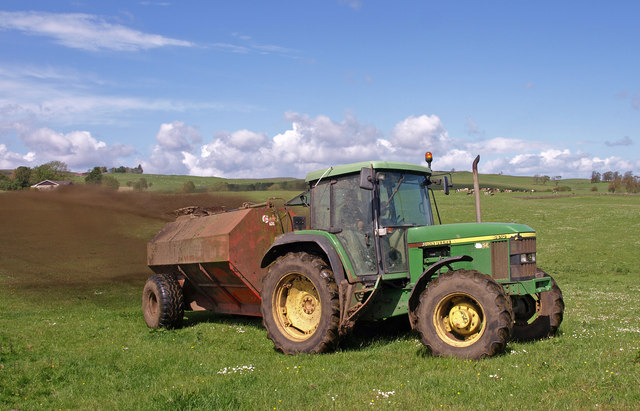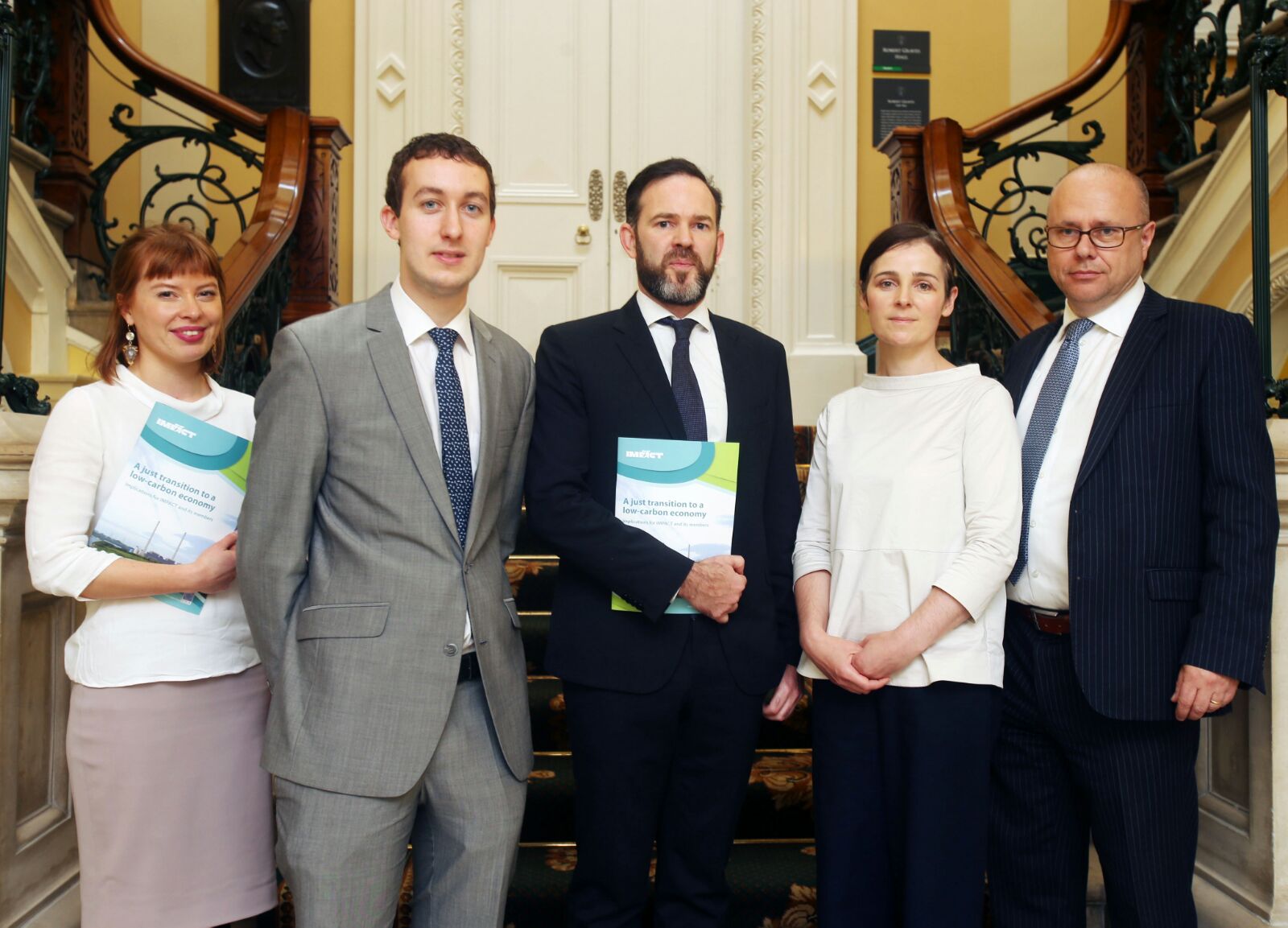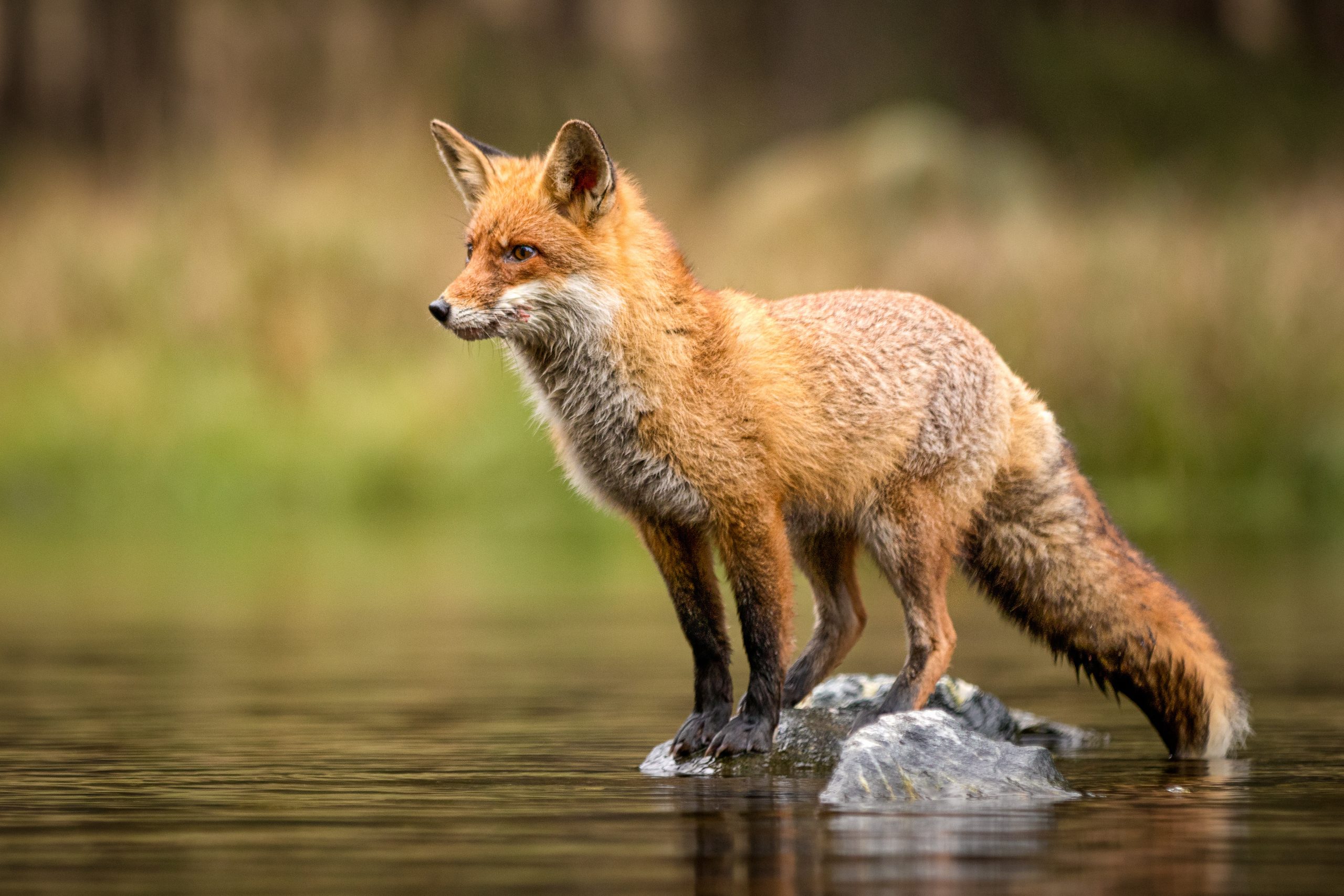Renewed calls for natural flood management techniques across Europe

November 28th, 2017
Traditional flood defences such as dams and levees have been employed in Europe for hundreds of years.
However, as these so-called “grey infrastructures” are costly and can have devastating impacts on ecosystems, there has been a call for a new approach to flood management.
Green infrastructure solutions, such as the re-meandering of rivers and the restoration of ecosystems such as floodplains and wetlands, are beginning to be seriously considered in flood management strategies around the world.
This is certainly the view of the European Environment Agency (EEA) in a new report released last week which found that green infrastructure solutions in flood management can be more environmentally friendly and cost-effective than traditional engineering strategies.
The report – Green Infrastructure and Flood Management – outlines six case studies from four European river systems to explore the opportunities and challenges of a greener approach to flood defences.

Flooding in 2016 Photo: Niall Sargent
Increased impact of floods
The EEA’s report estimates that 20 per cent of European cities are vulnerable to floods, one of the most financially damaging natural hazards.
The report outlines costs of €433 billion across EU Member States as a result of weather and climate-related events between 1980 and 2015.The largest proportion of these economic losses (38 per cent) were caused by floods.
Flooding is a natural process with floodplains being rich in biodiversity and important in the hydrological cycle. However, over the past few centuries floodplains have been converted to agricultural land and even to urban areas.
As a result of this, artificial flood defence structures are being more heavily relied upon and the economic and health impacts of floods have increased. There is also a plethora of scientific evidence to suggest that the actual events causing floods are increasing as well.

Flooding in 2016 Photo: Niall Sargent
Climate change and flooding
A paper published this month in the journal Climate of the Past Discussions measured the rainfall in Ireland over a 305-year period between 1711 and 2016.
The team of researchers used two overlapping data sets in the study – a previously unpublished annual rainfall account from the UK Meteorological Office between 1711-1977 and a long-term monthly rainfall series dating back to 1850.
The new dataset is now one of the longest continuous monthly rainfall series in the world according to lead author and member of Maynooth University’s Irish Climate Analysis and Research Unit (ICARUS), Dr Conor Murphy.
Speaking to The Green News, Dr Murphy said that the data shows a long-term increase in winter rainfall, with the last ten years being “the wettest decade in 300 years”.
A study published in Science earlier this year, which Dr Murphy was also involved in, analysed the timing of floods in Europe over the past fifty years. The international team of researchers used data from over 4,000 hydrometric stations to investigate the temporal patterns of floods in Europe.
Dr Murphy said that flooding in Ireland is now happening “earlier in the year” due to “high soil moisture”. This is consistent with the trends in the 305-year rainfall series, he said.
“We are certainly in a flood rich period at the moment, and over the coming decades, our climate models suggest that we are likely to see an increase in the magnitude and frequency of flooding across many Irish catchments” Dr Murphy added.

Green roof installed as part of a renovation of the Toronto City Hall Podium Photo: GreenRoofGardener
Green infrastructure and floods
Green infrastructure solutions are more environmentally friendly than traditional engineering solutions and aim to optimise the benefits of ecosystem services.
This “softer” approach to engineering and development is beginning to be adopted around the world with the Rewilding Vancouver Action Plan, for example, aiming to plant 150,000 trees in the city by 2020.
Green infrastructure is even beginning to appear in Ireland with the country’s first bat bridge being opened in Galway last September.
In terms of flood management, green infrastructure solutions include slowing the flow of rivers through re-meandering projects and restoring high water capacity ecosystems such as floodplains and wetlands.
When compared to grey infrastructure such as artificial dams or levees, a properly functioning wetland or floodplain will not only prevent floods more cost-effectively but it will also provide co-benefits such as water filtration, carbon sequestration, and biodiversity enhancement.
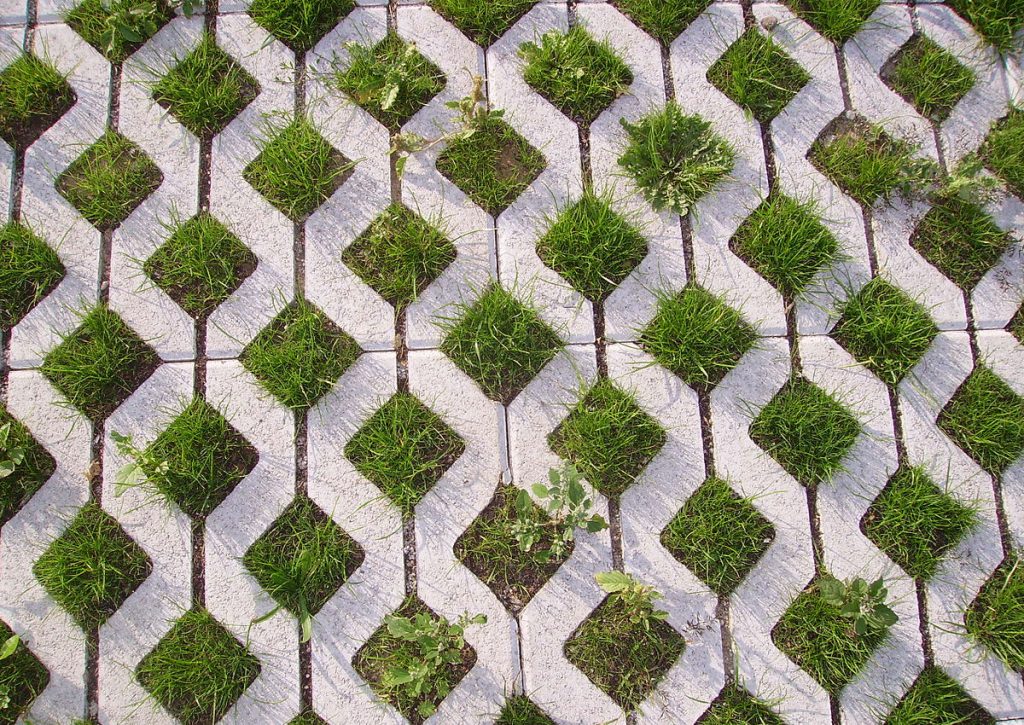
Permeable paving Photo: Immanuel Giel
An example is China’s Sponge City initiative to use nature-based solutions such as green roofs and permeable pavements across 16 cities. It is estimated that the project will lead to the absorption and re-use of 70 per cent of rainwater in these cities by 2020.
According to Dr Marcus Collier, assistant professor of Botany at Trinity College Dublin, traditional, physical engineering solutions “tend to depreciate over time” and require a significant amount of maintenance and upgrading.
Nature-based solutions on the other hand “appreciate over time” and typically cost less to maintain, added Dr Collier, who leads Connecting Nature, a €11.4m Horizon 2020 project exploring the potential of nature-based solutions such as green infrastructure.
He said that nature-based solutions associated with flood protection also have long-lasting benefits of “biodiversity recreation, soil stabilisation, and nutrient buffering.”
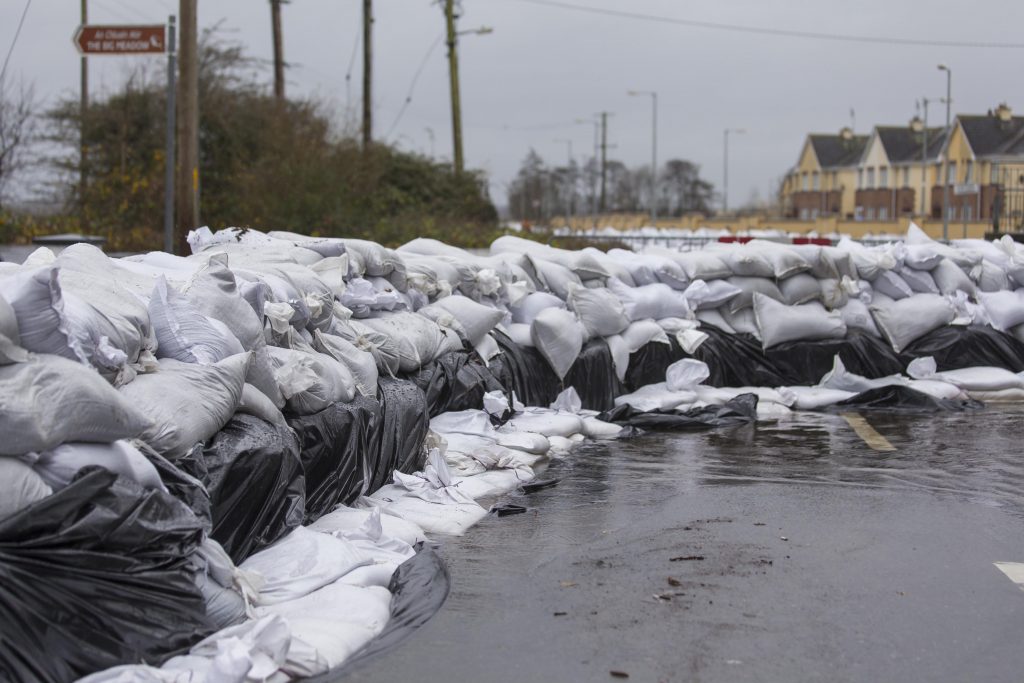
Flooding in 2016 Photo: Niall Sargent
No silver bullet
Environmental policy analyst and ecologist Anja Murray told The Green News that natural flood management is “virtually unknown in Ireland” and has not been “widely discussed in any relevant spheres.”
There has been a “growing problem” of widespread flood damage in recent years and there are “forecasts of worse to come” she added.
Ms Murray is calling for a “catchment-wide approach” to flood management instead of traditional techniques such as dredging, which often “exacerbates downstream flooding”.
A report written by Ms Murray on nature-based solutions earlier this year recommended that the Irish Forest Service consider offering additional payment to create woodlands in areas where “flood alleviation benefits would be delivered”.
A growing body of scientific research including from the Pontbren Project by Bangor University in Wales is showing that planting native woodlands in upland areas can greatly reduce the effects of flooding.
These long-term approaches, with multiple co-benefits, are “sustainable solutions to the growing problem of flooding” Ms Murray added.
“We cannot continue to ignore natural flood-management options.”
[x_author title=”About the Author”]
